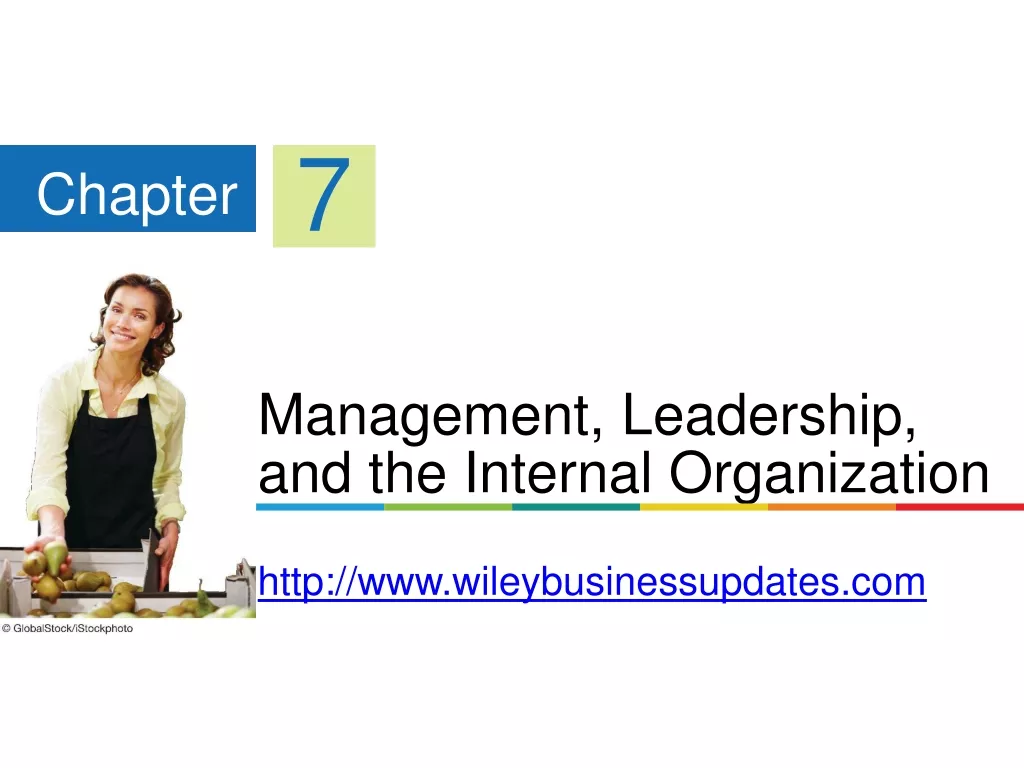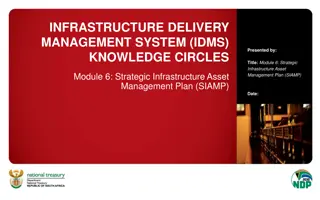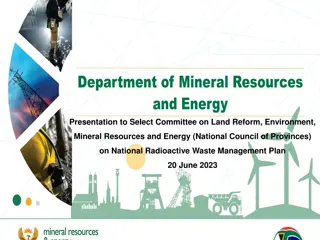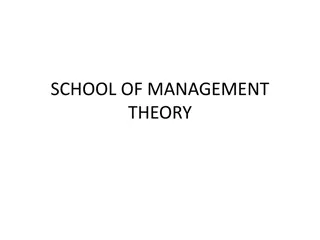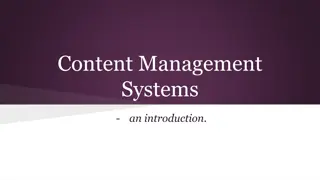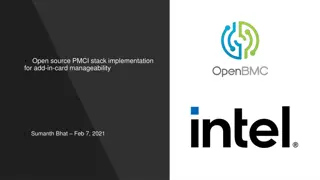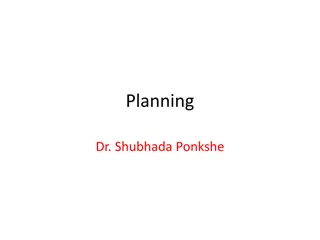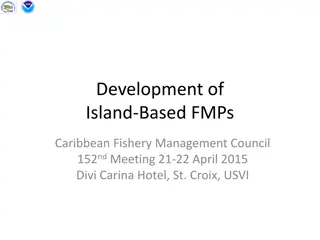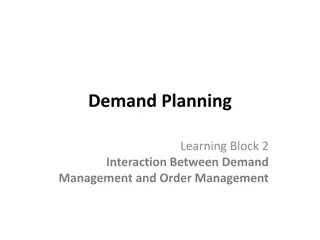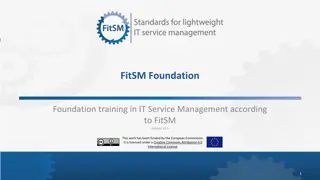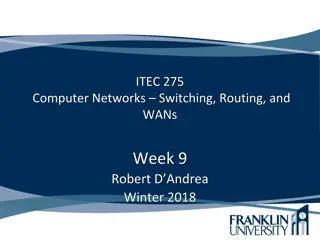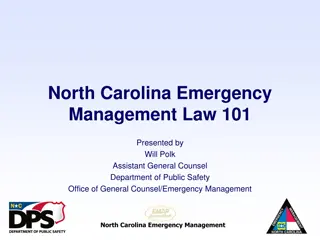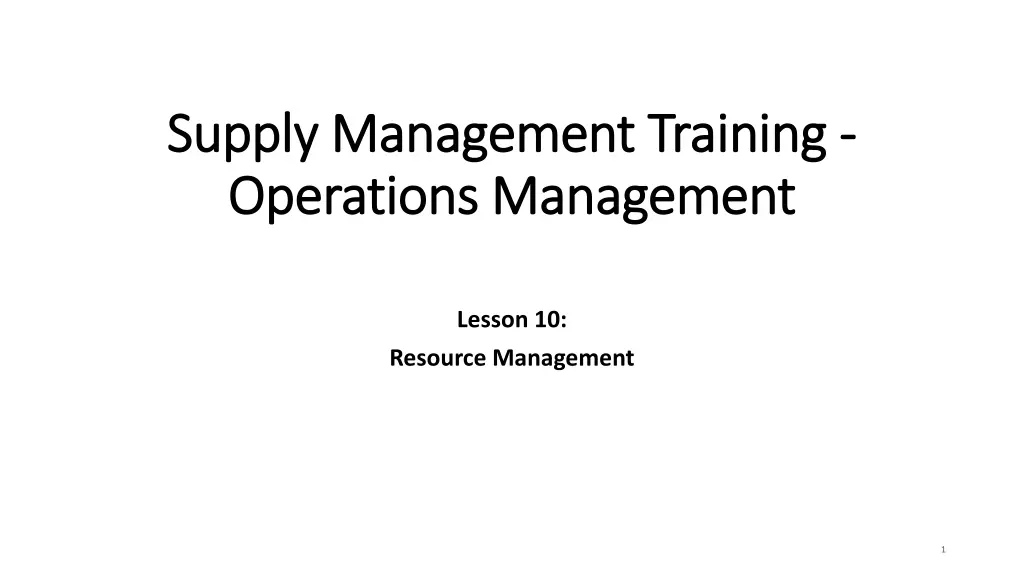
Effective Resource Management in Operations: A Comprehensive Guide
Learn about the essential aspects of resource management in operations, including planning, execution, and control of resources to optimize production processes. Explore resource planning frameworks, objectives, and levels, such as aggregate planning, disaggregate planning, and execution strategies. Enhance your understanding of how to maximize profits, minimize costs, and benefit stakeholders through efficient resource management practices.
Download Presentation

Please find below an Image/Link to download the presentation.
The content on the website is provided AS IS for your information and personal use only. It may not be sold, licensed, or shared on other websites without obtaining consent from the author. If you encounter any issues during the download, it is possible that the publisher has removed the file from their server.
You are allowed to download the files provided on this website for personal or commercial use, subject to the condition that they are used lawfully. All files are the property of their respective owners.
The content on the website is provided AS IS for your information and personal use only. It may not be sold, licensed, or shared on other websites without obtaining consent from the author.
E N D
Presentation Transcript
Supply Management Training Supply Management Training - - Operations Management Operations Management Lesson 10: Resource Management 1
Resource Planning Framework Resource Management deals with the planning, execution, and control of all resources that are used to produce goods or provide services in a value/supply chain. Resources include: Materials Equipment Facilities Information technical knowledge Skills People 2
Resource Management Objectives Typical objectives of Resource Management: To maximize profits and customer satisfaction To minimize costs To maximize benefits to their stakeholders 3
Resource Management Framework Levels Resource Planning Framework has 3 levels: Level 1 aggregation, strategic level - Vice Presidents Level 2 disaggregation, tactical level - Plant Managers, Production Managers Level 3 execution, operational level Supervisors 4
Level 1 - Aggregate Aggregate Planning (AP) is the development of a long-term output and resource plan in aggregate units of measure Normal planning horizon is 2 years Subdivided into either monthly or quarterly time buckets Focus on family of products or total capacity requirements Define budget allocations and associated resource requirements Driven from corporate forecast 5
Level 2 - Disaggregate Disaggregate Planning (DP) is the process of transacting aggregate plans into short-term operational plans that provide the basis for weekly, daily schedules, and detailed resource requirements Plans for the creation of specific goods or services Plans for the allocation of capacity to specific time periods Determines order sizes and schedules for individual subassemblies and resources 6
Level 3 - Execution Execution refers to moving work from one workstation to another, assigning people to tasks, setting priorities for jobs, scheduling equipment, and controlling processes. Often called shop floor control. This will be addressed in the next session. 7
Framework for Resource Planning for Goods and Services 8
Two Levels of Disaggregation for Many Service Organizations 9
Aggregate Planning And Strategies Aggregate Planning has 5 main areas for planned changes: Demand management Production rate Workforce Inventory Facilities, equipment, and transportation 10
Examples of Aggregate Planning Variables and Revenue/Cost Implications 11
Aggregate Planning Strategies Aggregate Planning Strategies are plans to utilize product capacity to meet demand. Two Options for Aggregate Planning Strategies Level production strategy plans for the same production rate in each time period or Chase demand strategy sets the production rate equal to the demand in each time period 12
Level Strategy Level Strategy: Avoids complications in planning Labour and equipment availability is stable and repetitive Easier plan execution Easiest to integrate with other value/supply chain partners Generally provides the high quality products Difficult to determine optimal rate for variable demand situations therefore inventories could be built or sales could be lost 13
Chase Demand Strategy Chase Demand Strategy: Difficult to plan for as demand changes therefore more opportunities for errors to occur Could have substantial overtime and lost sales costs More challenging to integrate with value/supply partners 14
Discussion Question - 1 The forecast demand for fudge for the next four months is 120, 160, 20, and 70 pounds. a) What is the recommended production rate if a level strategy is adopted with no backorders or stock outs? What is the ending inventory for Month #4 under this plan? b) What is the level production rate with no ending inventory in month #4? 15
Master Production Schedule (MPS) From Aggregation comes Disaggregation Planning Disaggregation planning is reflected in 3 operations plans for different purposes. The 3 Disaggregation Plans are: Master Production Schedule (MPS) Materials Requirements Planning (MRP) Capacity Requirements Planning (CRP) 16
Disaggregation Framework for Manufacturing Plans and Schedules 17
Master Production Schedule (MPS) MPS: Normally the responsibility of the Plant Manager Generally developed for weekly time periods for 6 12 months in the future Purpose is to translate AP into separate plans for each SKU Provides a means to evaluate alternative schedules in terms of capacity requirements Provides input to the MRP Permits managers to generate priorities for scheduling by setting start dates 18
Materials Requirements Planning (MRP) 1/2 Materials requirements planning is a forward looking, demand-based approach for planning the production of manufactured goods, ordering materials and components to minimize unnecessary inventories, and reduce costs. MRP Translates the number of individual parts or subassemblies that must be manufactured or purchased and assemblies to make the required number of products Easiest for scheduling if using a level production strategy 19
Materials Requirements Planning (MRP) 2/2 MRP inputs: The numbers of items to be made as determined from MPS The number of individual parts or assemblies needed to make these items MRP outputs are a time phased report that gives: The Purchasing Department a schedule for obtaining raw material and purchased parts The Production Managers a detailed schedule for manufacturing the product and controlling manufacturing inventories Accounting and Finance departments production information that drives cash flow and budgets 20
MRP Terminology 1/2 Dependent Demand is demand that is directly related to the demand of other SKUs and can be calculated without the need to be forecasted. Bill of Material (BOM) or Product Structure defines the hierarchic relationship between all items that comprise a finished good, such as subassemblies, purchased parts, and manufactured in-house parts. 21
MRP Terminology 2/2 Hierarchy of Items: Parent item is assembled from one or more components (top) Components are any items (raw material, manufactured parts, purchased parts or services) other than a parent item which contributes to a higher level parent item(s) (one up) Subassemblies always have at least one immediate parent and also have at least one immediate component (one up and one down) 22
MRP Explosion Definition An MRP Explosion is the process of using the logic of dependent demand to calculate the quantity and timing of orders for all subassemblies and components that go into and support the production of the end item(s). 23
Example of a Bill of Material and Dependent Demand page 282 to 284 24
Group Question - 2 Draw a simple bill-of-materials (BOM) for an automobile given the following requirements: (a)clearly label the end item and each component (b)BOM must contain no more than ten items (c) BOM must contain at least 3 levels count the end-item Level 0). 26
Time Phasing and Lot Sizing Terminology 1/2 Time Buckets is the time period size used in the MRP explosion process and usually are one week in length Gross Requirements (GR) are the total demand for an item derived from all of its parents Scheduled or Planned Receipts (S/PR) are orders that are due or planned to be delivered 27
Time Phasing and Lot Sizing Terminology 2/2 Planned Order Receipt (PORec) specifies the quantity and time an order is to be received Planned Order Release (PORel) specifies the planned quantity and time an order is to be released to the factory or a supplier Projected On-hand Inventory (POH) is the expected amount of inventory on-hand at the beginning of the time period considering on-hand inventory from the previous period plus scheduled receipts or planned order receipts minus the gross requirements POH = OH(from previous time bucket) + S/PR GR 28
Time Phasing and Lot Sizing Three options: Lot-for-lot (LFL) Lot-for-lot is an ordering schedule that covers the gross requirements for each week. Fixed order quantity (FOQ of which EOQ is a tool) Periodic order quantity (POQ) 29
LFL Example 2/3 Item Inventory File and Example MPS 31
Fixed Order Quantity and Periodic Order Quantity Fixed Order Quantity (FOQ) FOQ rule uses a fixed order size for every order or production run. Periodic Order Quantity (POQ) (topping up) POQ orders a quantity equal to the gross requirement quantity in one or more predetermined time periods minus the projected on-hand quantity of the previous time period. Quantity will differ in each time period depending on demand. 33

